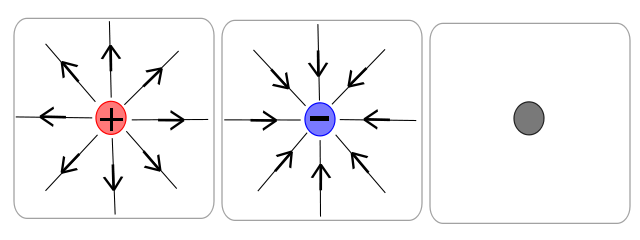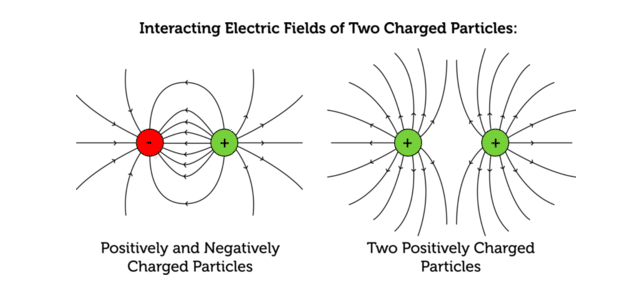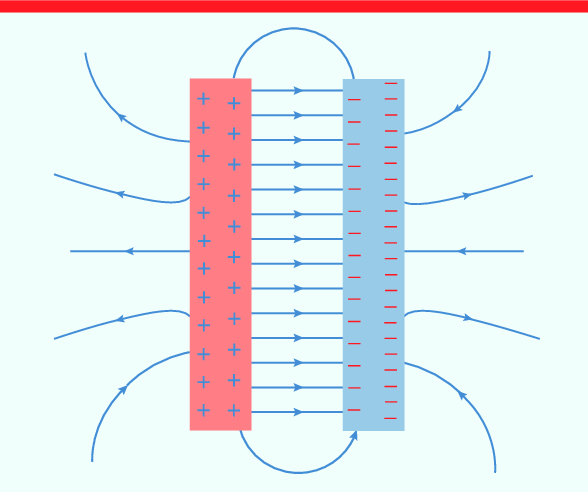Electric Fields & Forces: A Comprehensive Guide
Welcome to Unit 5! This unit delves into the fascinating relationship between electricity and magnetism, the foundation of many modern technologies, including electric motors, generators, and communication devices. In this guide, we will explore electric fields and forces, building on foundational concepts like Coulomb’s Law and introducing electric field visualization, calculations, and practical applications. This topic is crucial for mastering physics and is a core focus of the AP Physics curriculum.
Unit Overview
Electric fields and forces describe how charged particles interact, the forces they exert on each other, and the behavior of charges in electric fields. These principles not only govern microscopic interactions but also underlie the functioning of everyday devices.
Electrostatic Force & Coulomb’s Law
Coulomb’s Law describes the force between two charged particles:
Where:
: Electrostatic force (N)
: Coulomb’s constant
: Charges (Coulombs, C)
: Distance between charges (m)
Key Points:
Attraction and Repulsion: Opposite charges attract, while like charges repel.
Force Magnitude: Increases with charge size and decreases with the square of the distance.
Newton’s Third Law: Forces between two charges are equal in magnitude and opposite in direction.
Electric Fields
An electric field is a region around a charged particle where it exerts a force on other charges. The strength and direction of this field are described mathematically and visually.
Electric Field Strength:
Where:
: Electric field strength (N/C)
: Force on a test charge (N)
: Test charge (C)
Or, using a point charge :
Visualization with Field Lines:
Direction: Field lines point away from positive charges and toward negative charges.
Density: The closer the lines, the stronger the field.
Rules:
Lines never cross.
Start at positive charges and end at negative charges.
Always perpendicular to the surface of a charged conductor.
Simple Electric Fields
Point Charges:
Field lines radiate symmetrically outward (positive charge) or inward (negative charge).

Two Point Charges:
The interaction creates curved field lines that connect opposite charges and repel like charges.

Parallel Plates:
The field is uniform between plates, with lines equally spaced and perpendicular to the plates.

Electric Field Strength
Electric field strength quantifies the force a charge experiences in a field. To calculate field strength:
Where:
: Field strength (V/m or N/C)
: Source charge (C)
: Distance from the charge (m)
Practice Example:
A charge is located 0.2 m away. Calculate the electric field strength.
Applications of Electric Fields
Electrostatics in Technology
Photocopiers: Use electric fields to attract toner to charged paper.
Capacitors: Store energy by creating electric fields between plates.
Electric Field in Nature
Lightning: Caused by a buildup of electric fields in storm clouds.
Biology: Electric fields guide nerve impulses and cell activities.
Practice Problems
Problem 1: Force Between Charges
Two charges and are 0.1 m apart. Find the force between them.
Solution:
Problem 2: Electric Field Strength
Calculate the electric field strength at a point 0.5 m from a charge .
Solution:
Problem 3: Parallel Plate Field
Two parallel plates have a potential difference of 12 V and are separated by 0.03 m. Calculate the electric field strength.
Solution:
Conclusion
Electric fields and forces are vital for understanding interactions between charges and their practical applications. From Coulomb’s Law to visualizing fields and solving complex problems, these principles form the backbone of electromagnetism and modern technology. With these concepts mastered, you are well-equipped to tackle challenges in physics and engineering.







